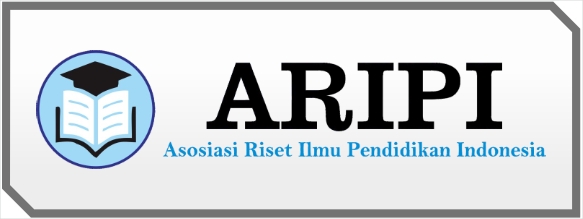Perbandingan Kosa Kata Antara Bahasa Dentong dan Bahasa Duri (Sebuah Tinjauan Linguistik)
DOI:
https://doi.org/10.59581/jmpb-widyakarya.v1i2.409Abstract
The problems of this research are (1) the relationship of similarities and similarities in the vocabulary of Dentong and Duri languages (2) the relationship between sound and meaning in Dentong and Duri languages (3) the kinship relationship between Dentong and Duri languages. This study aims to find out, describe the relationship of similarities and similarities in the vocabulary of Dentong and Duri languages, describe the relationship between sound and meaning in Dentong and Duri languages and describe the kinship relationship between Dentong and Duri languages and information about vocabulary comparisons between Dentong and Duri languages. Duri language. The theory used is comparative linguistic theory using 207 Swadesh vocabularies as the basis for the vocabulary being compared.This type of research is qualitative research. The techniques used are observation techniques, interview techniques, recording techniques, observation/note-taking techniques and documentation. This research was conducted for 2 weeks and the research subjects were native speakers of Dentong and Duri languages.The results of this study obtained similarities and similarities between Dentong and Duri languages based on five word classes, namely verbs, pronouns, nouns, numerals, and adjectives. The basic vocabulary similarities in Dentong and Duri languages total 46 words or 23%, one of the data is that the word [fur] in BDNT is also called [bulu] in BDRI, the basic vocabulary similarities in Dentong and Duri languages are 20 words or 10 % one of the data in the word [two] 'rua' in BDNT and [two] 'two' in BDRI.Based on the results of the research above, it can be concluded that the comparison between Dentong and Duri languages has similarities and similarities. The similarities and similarities, if totaled, there are 66 similarities and similarities or 33% of the vocabulary. Therefore it can be stated that the two languages being compared are cognate languages.
References
Chaer, Abdul. (2012). Linguistik Umum. Jakarta:RinekaCipta.
Chaer, Abdul. (2007) Linguistik Umum. Jakarta: Rineka Cipta.
Chaer, Abdul. (2008). Morfologi Bahasa Indonesia (Pendekatan Proses). Jakarta: RinekaCipta.
Chaer, Abdul.(2010). Sosiolinguistik Perkenalan Awal. Jakarta:RinekaCipta.
Keraf, G. (1948). Linguistik Bandingan Historis. Jakarta: Pt. Gramedia Pustaka Utama.
Keraf, Gorys. (1996). Linguisik BandinganHistoris. Jakarta: Gramedia.
Parera.(1990).Teori Semantik. Jakarta:Erlangga.
Pateda, Mansoer. (1994). Linguistik Sebuah Pengantar. Bandung: Angkasa.
Pateda, Mansoer, (2001). Semantik Leksikal. Jakarta:Rineka Cipta.
Sugiyono. (2017). Metode Penelitian Pendidikan (Pendekatan Kuantitatif, Kualitatif, dan R&D). Bandung: Alfabeta cv
Downloads
Published
How to Cite
Issue
Section
License
Copyright (c) 2023 Muh Ryas Wijaya, Marwiah Marwiah, Ratnawati Ratnawati

This work is licensed under a Creative Commons Attribution-ShareAlike 4.0 International License.














